The introduction of a female protagonist to Doctor Who for the first time ever is, by all mainstream accounts, earth-shattering, unprecedented, astonishing, and, above all, history-making.
“The BBC,” we are informed by both Vox and CNN, “made history” in their casting of Jodie Whitaker as the Thirteenth Doctor. “The new Doctor Who is a woman, and that’s really important” says the Des Moines Register. It’s yet another herald of the “new age of women in sci-fi,” according to an L.A. Times op-ed.
Not to be outdone, the BBC themselves explained that Jodie Whitaker, along with other “sci-fi women” was “breaking the glass ceiling.” Even the Prime Minister, Theresa May, commented, saying she was “pleased” at the announcement of a female Doctor Who. Which is ironic, because there may not be a female Prime Minister for much longer.
However, the Prime Minister is right: this historic, unprecedented moment of history-making, surely the first time a woman has achieved a leading sci-fi role, has never happened before. So, to celebrate, here’s a list of 7 other times the sci-fi glass ceiling has been finally and spectacularly broken.
7. Katniss Everdeen (2008)
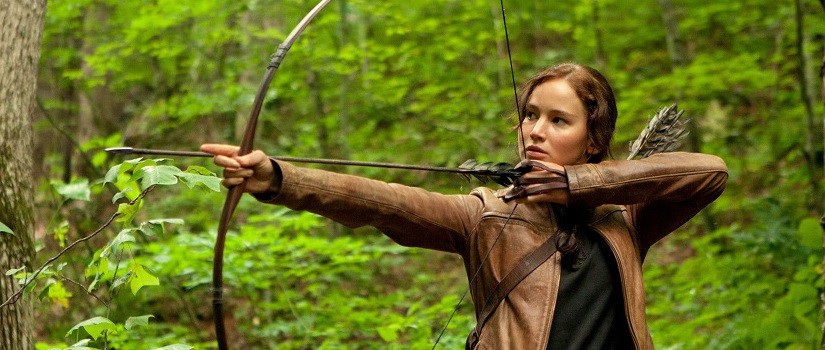
History was made 2008 when author Suzanne Collins created Katniss Everdeen, the first female character in the history of sci-fi. Although misogynist male nerds were outraged and immediately staged riots in several cities, Everdeen went on to become one of the most iconic fictional characters of the era, featuring in the three books of the Hunger Games trilogy and its four movie adaptations. According to Collins, Everdeen’s character was inspired by Greek and Roman mythology, which we’ll return to later in this piece.
6. Samus Aran (1986)
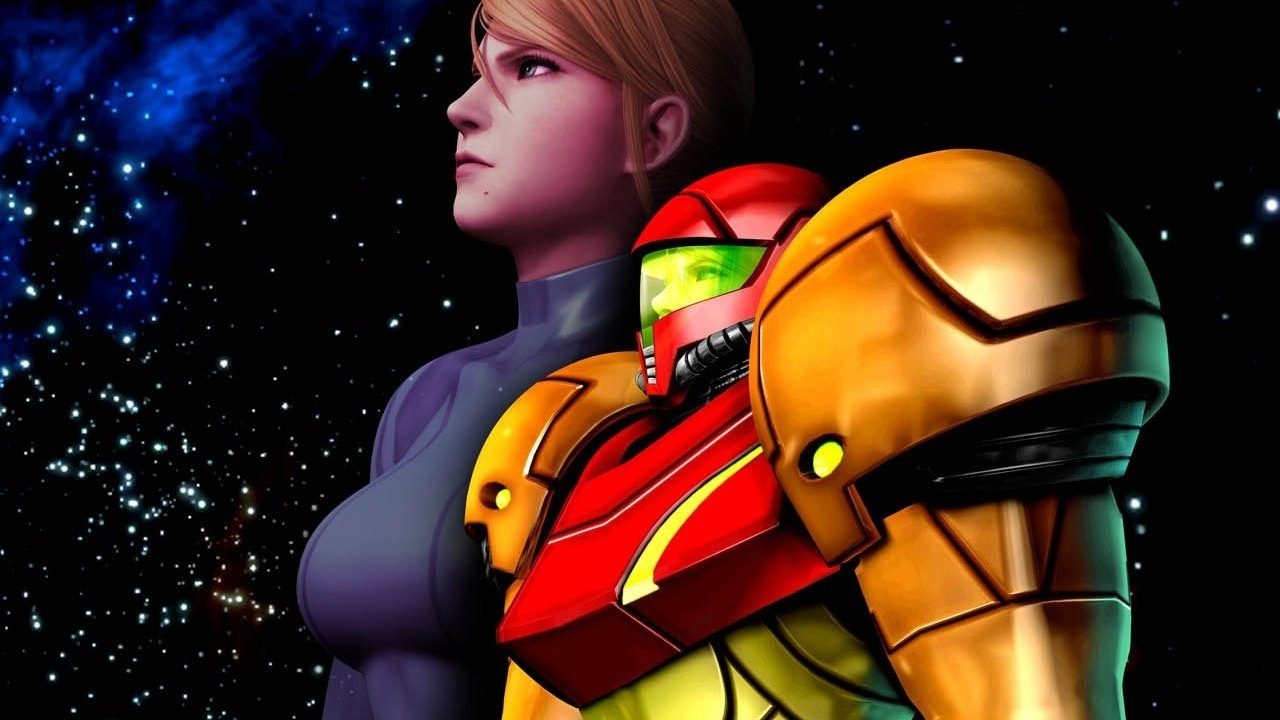
The glass ceiling was well and truly destroyed in 1986 when Nintendo created Samus Aran, an ex-soldier turned bounty hunter who travels across the galaxy zapping aliens and space pirates in the first Metroid video game. Samus, like Katiniss Everdeen and the female Dr. Who, was the first female sci-fi protagonist in history, which is incredibly important.
5. Ellen Ripley (1979)
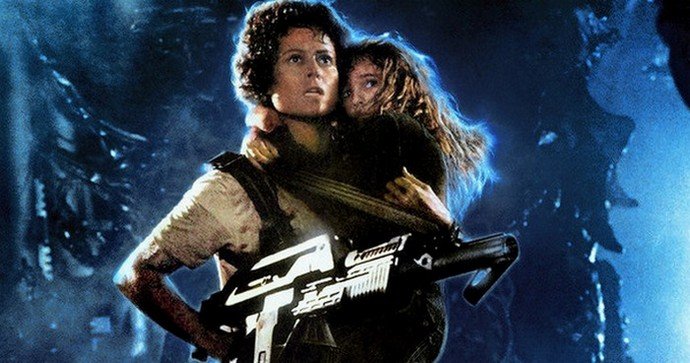
History was made in 1979 when Ellen Ripley of the Aliens franchise first graced our screens, heralding a new age of women in sci-fi. Ripley was, really, honestly, the first female character in the history of sci-fi which is totally radical and definitely newsworthy. Sure, the glass ceiling was repaired soon afterwards (just in time for Samus to break it again), but that doesn’t take away from Ripley’s heroic achievement for all womankind.
4. Wonder Woman (1941)
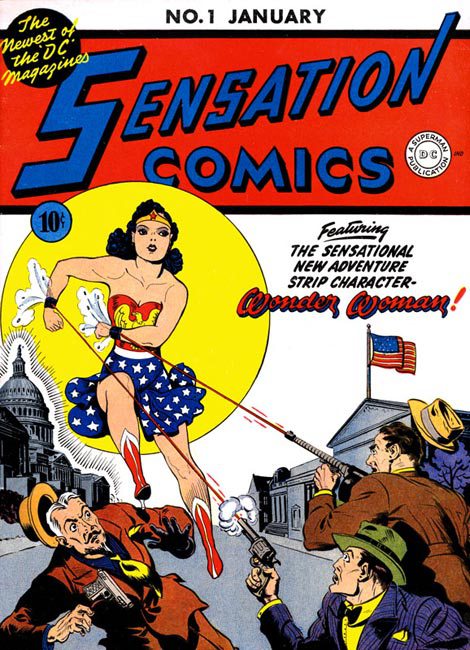
The glass ceiling was dragged into an alleyway and beaten to within an inch of its life in 1941 when psychologist and comics legend William Marston introduced the world to Wonder Woman. Marston, a feminist, said he wanted the character to be “psychological propaganda for the new type of woman who should, I believe, rule the world,” proof that you don’t need cultural Marxism to be a sexist sycophant.
Yes, I know what you’re thinking – the left (apart from its Israel-hating wing) is so excited by this year’s movie adaptation of Wonder Woman that you’d assume the glass ceiling was broken only recently. Of course, it was — as we’ve established in this piece, the glass ceiling has been broken and re-broken throughout history, in an endless cycle of smashing the patriarchy. But rest assured, she also smashed the patriarchy in 1941.
3. Dorothy Gale (1939)
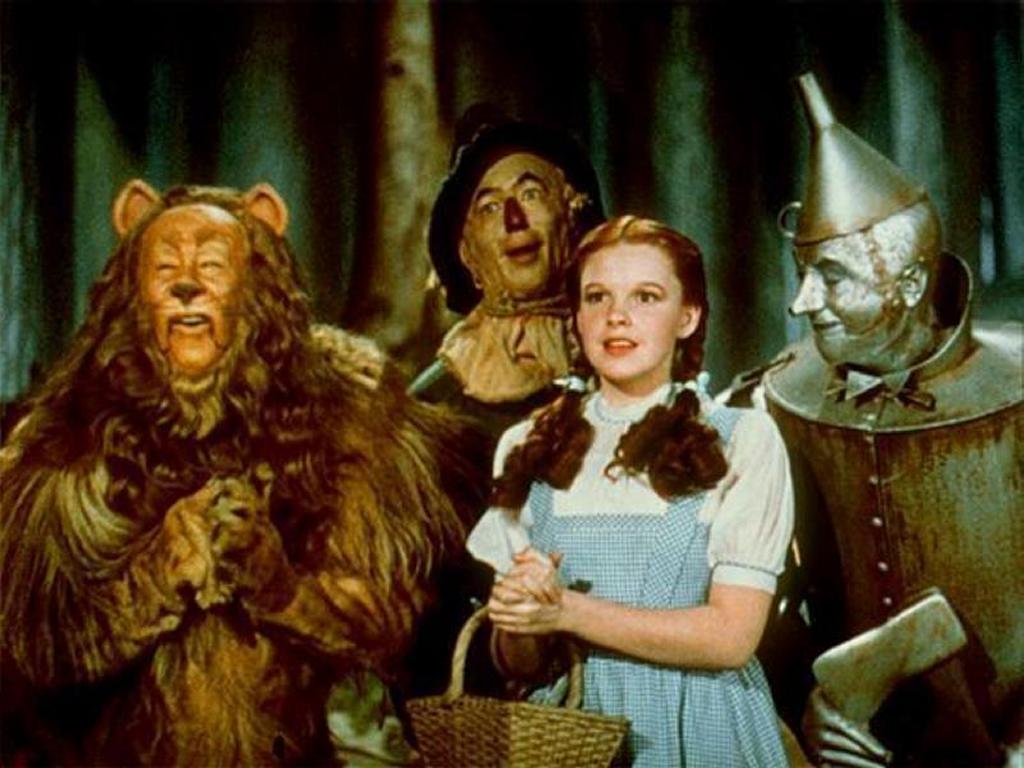
Dorothy Gale, the female protagonist of The Wizard of Oz, made history in 1939 when she dropkicked the glass ceiling into space. Yes, it would return two years later so that Wonder Woman could smash it again, but that doesn’t matter. What’s important is that a new age of empowered female protagonists was born, for the first time ever.
2. The Machinemensch (1927)
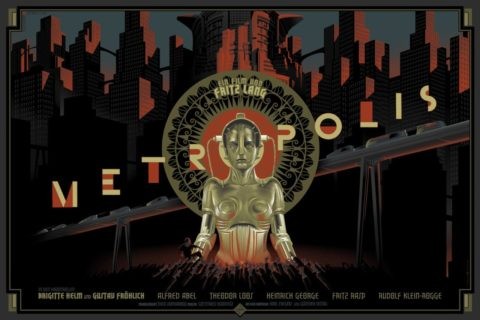
The glass ceiling was brutally stabbed, concussed, and dumped in a river in 1927 with the introduction of the first female sci-fi character in history, the Machinemensch of Metropolis. Technically, the Machinemensch is not the leading character of the movie, but she is undoubtedly the most iconic and pivotal, taking center stage in all of the movie’s posters. No-one remembers the film’s male, main character, but they do remember one of the first female robots of cinema. Proof that even in 1927, misogynists on Twitter were powerless to stop the advance of womankind!
1. Atalanta (??)
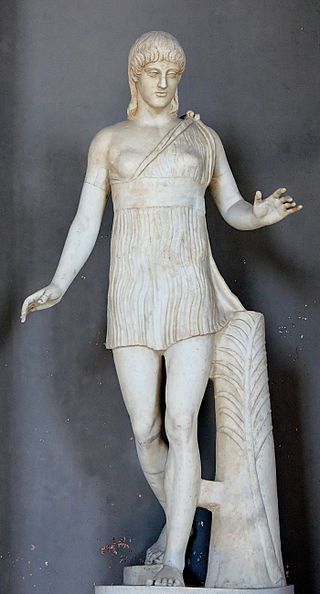
History was made in ancient Greece, and not just because the Greeks literally invented history. They were also fond of smashing glass ceilings. I’m not sure if the BBC was around back then, but if they were they would have been ecstatic at the character of Atalanta, perhaps the definition of an empowered female protagonist for all the ages. A mortal avatar of the she-goddess Artemis, one of the most venerated goddesses in ancient Greece, Atalanta is left to die as a child by her misogynist father, and is raised by bears. She goes on to become one of the most renowned hunters and warriors of Greek mythology, even taking up with the famed Argonauts in The Argo.
Of course, Atalanta wasn’t the only female hero of Greek mythology. There was also Athena, the goddess of wisdom and strategy, Enyo, a companion of Ares who delighted in the destruction of cities, and of course the Amazons, who served as the inspiration for Wonder Woman. The Greeks had no time for the glass ceiling at all.
Indeed, with the glass ceiling having been broken so frequently throughout history, it’s almost as if the current feminist celebrations at the female Doctor Who are completely unnecessary and misleading!
You can follow Allum Bokhari on Twitter, Gab.ai and add him on Facebook. Email tips and suggestions to abokhari@breitbart.com.
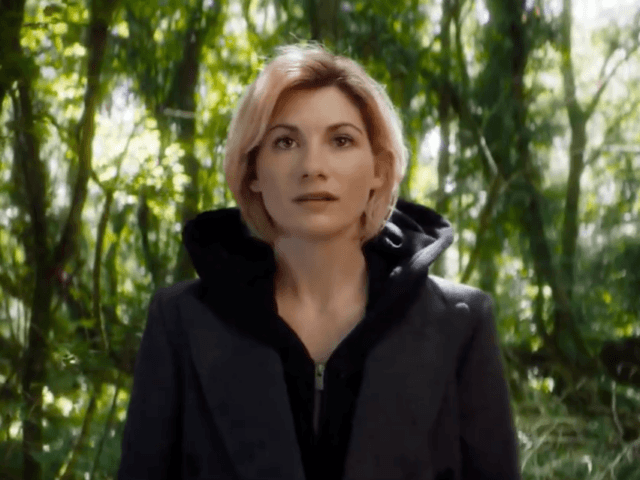
COMMENTS
Please let us know if you're having issues with commenting.